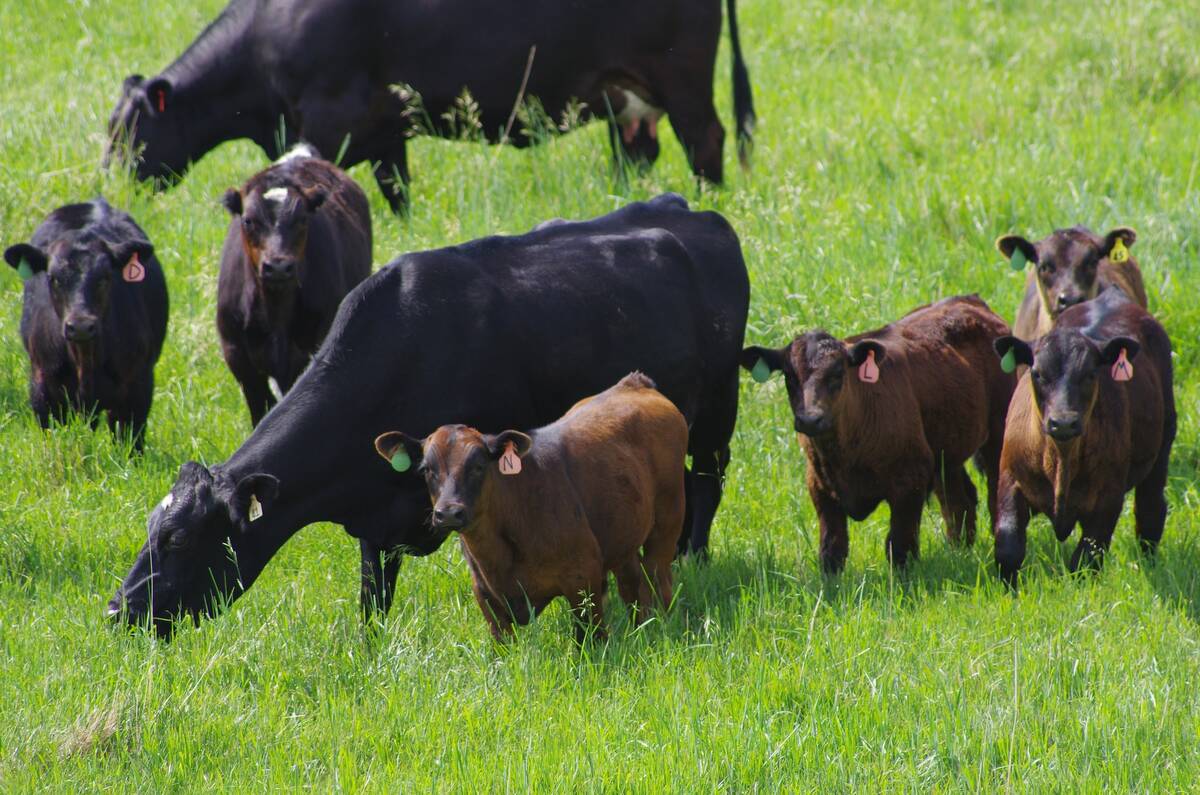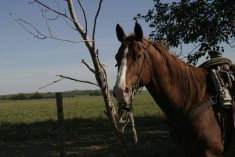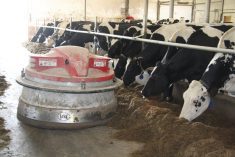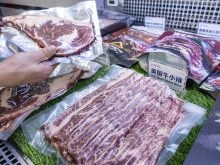RED DEER – When horses enter their twilight years, special care is often needed.
“Sometimes turning these horses out into the back 40 is not necessarily the best thing for them,” said veterinarian Penny Lloyd. She spoke at the horse breeders and owners conference held in Red Deer Jan. 8 and explained that old horses need additional care but they can still work well with people.
Retiring them to a pasture may lead to boredom and stress-related health problems. They need to have the companionship of other horses if possible.
Read Also

Manitoba extends Crown land rent freeze
Manitoba government links the continued rental rate freeze on grazing and forage leases to economic and environmental challenges facing the industry
Old horses may actually be more suited for children or adults getting their first horse. The senior horse is used to people, it moves more slowly and is likely patient.
Older horses can still be ridden but proper padding and saddle fit are necessary because of the horses’ protruding backbones. Saddles and pads may cause painful pressure or pinching along the back.
Weight control can be a problem for old horses so they may get fat or too thin.
“If they get underweight, it is really hard to get weight back on,” said Lloyd, who includes holistic care like massage, acupuncture, chiropractic treatments and conventional veterinarian care in her practice in Colorado.
She recommends rations that are easy to chew and digest. Many feed companies offer a mix for old horses that can be made easier to chew by adding water for those that have dental problems.
They probably should be fed more often in smaller amounts.
In addition, Lloyd recommends separating older horses from the younger ones at feeding. They may have lost their place in the pecking order and could get pushed out of the way and not get enough to eat.
Older horses need up to 16 percent protein in their diets along with more vitamin B and C as well as calcium and phosphorus. Avoid high sugar diets. If they seem to need more energy or need to gain weight, one to two cups of vegetable oil added to the feed is better.
Adequate water consumption is important.
Impaction colic is common in older horses. If they have difficulty chewing because of poor or missing teeth, they can get constipated so lots of water helps keep bowels moving.
Snow in winter is not enough. Water should be clean and tepid.
“There have been scientific studies that show horses will drink more water if it is warm,” Lloyd said.
Adding a bit of table salt to hay can also encourage them to drink more.
Exercise keeps old joints and muscles moving because most horses older than 20 have some arthritis.
“Mild, consistent exercise is always the best for arthritis,” she said.
Supplements like glucosamine and chondroitin also help the joints.
Older horses may benefit from physical therapy.
Lloyd recommends a professional evaluation to find the sore spots and assess joint flexibility. Horses can benefit from massage, stretches and other exercises.
However, individual horses prefer different treatments. Some seem to enjoy massage while others like acupuncture.
“They’re not getting healed if they are fighting against it,” she said.
These treatments were once regarded as rehabilitation but physical therapy can work well for health maintenance and as preventive medicine.
Dentistry for old horses may mean checkups once or twice a year to watch for loose teeth or overgrown molars that cause sores in the mouth and prevent proper chewing. The dentist needs to use a full mouth speculum to examine all the teeth properly. However, if horses did not receive good dental care as young animals, correcting problems may not be possible for the seniors.
Well ventilated shelter is also necessary. They need deep bedding to cushion protruding bones and provide comfort.
Blanket use varies because if they do not fit properly the horse can hurt itself as it tries to get free. The blanket should be contoured and fit well over the withers. Straps should not be irritating. If the horse has a heavy hair coat or good layer of fat, it may not need a blanket.
Hoof care also changes. If a horse wore shoes all its life, it needs time to adjust to being barefoot when it retires.
The horse should not be turned onto hard surfaces right away. It may need six to eight weeks to adjust to being barefoot.
If the old horse is being shod, the farrier should be alerted to stiff joints or other tender parts. It could hurt the horse to hold its foot up for an extended period during shoeing.















